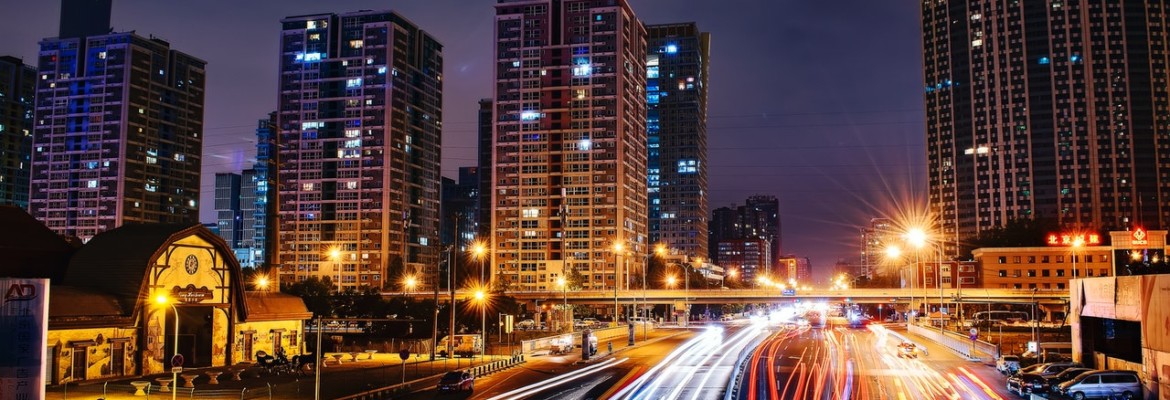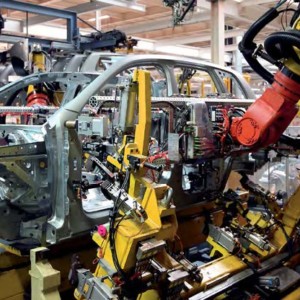DRIVERLESS CARS ON THE ROADS MAY BE CLOSER THAN YOU THINK
While it may seem like something out of The Jetsons, driverless vehicles are by no means something out of a Hanna-Barbera production fantasy.
By Adrian Giorgio
Although the concept has created controversy and debate over utility, convenience and ethics, the implementation and sale of these advanced automobiles is within grasp. This means no human involvement would be necessary for a safe and efficient experience, with multiple companies vying for the earliest release to the general public. In early May of 2021, GM’s CEO Mary Barra said that it could be achieved within the decade. By rapidly developing and funding Cruise, a self-driving start-up, GM hopes to best Tesla in achieving Level 5 transport. GM even has the upper hand with regards to current features, possessing a hands-free option known as “Super Cruise” that Barra declared “could enable hands-free transportation in 95% of driving scenarios.” The ultimate goal is to take Cruise’s current work, which is designed for robotaxis, and make it available for mass distribution. A tall task, given the notoriety and success of some of their biggest competitors.
While Tesla is known for churning out software updates at a rapid pace, Elon Musk’s reputation for productivity and efficiency may be at risk in the near future. BBC quoted IHS market analyst Tim Urquhart with regards to Elon’s audacity “It’s a typically bold claim by Mr. Musk…even if Tesla can reliably roll out the technology in a production environment, the regulatory environment in all the major markets is way behind allowing completely autonomous vehicles on the road.” While that may sound skeptical and perhaps rather bleak, Mr. Urquhart’s assessment does seem to coincide better with Barra’s timeline of the project. Perhaps Tesla’s eagerness will be its downfall here, yielding to alternative forms of conveyance. Extant non-traditional transportation services already offer convoys of autonomous cabs. Forbes enthusiastically revealed the progress of organizations like Waymo, who are neither testing nor in a beta phase. The suburbs outside of Phoenix (Chandler, Gilbert, Mesa and Tempe) have had access to robotaxis since October 2020, after having already experienced Waymo Via, a self-driving strategy for trucking and last-mile delivery. That’s quite the speedy development, making them a more than formidable opponent for conventional auto manufacturers and delivery services. We may not yet be propelling our sedans and mini-vans through the air to get to soccer practice, but the concept no longer resembles a futuristic caricature of reality as much as it once did.


